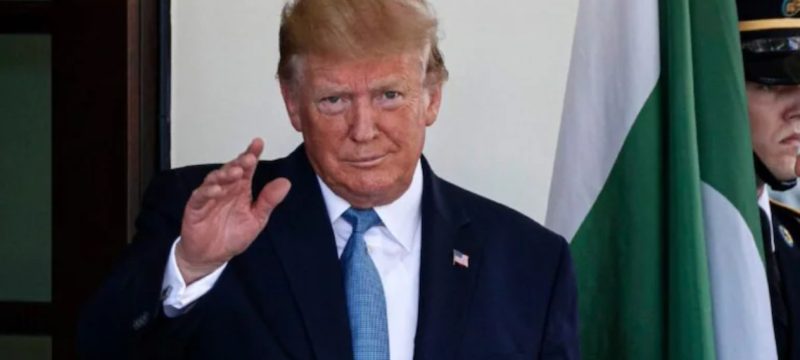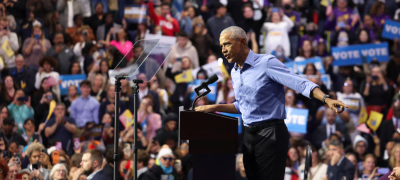Donald Trump’s 2016 election victory brought about an unexpected and unconventional relationship with Pakistan, especially given his pre-election rhetoric questioning the country’s role in the fight against terrorism and its nuclear program. Shortly after his win, Trump reached out to then-Prime Minister Nawaz Sharif, describing Pakistan as a “great country”—a stark contrast to his earlier campaign statements. This immediate communication stemmed from the U.S. military’s struggle in Afghanistan, where Trump wanted to withdraw American troops, and he needed Pakistan’s cooperation to help secure a peace deal.
Despite this positive start, Trump cut off military and civil aid to Pakistan, continuing a trend of dwindling U.S. assistance. However, Trump’s administration sought Pakistan’s help in brokering the U.S.-Taliban deal in Afghanistan, and this led to direct communication with Prime Minister Imran Khan. The relationship with Imran flourished, culminating in Khan’s visit to Washington, where Trump warmly hosted him, although no substantial changes in bilateral ties emerged.
Also Read: Trump Hails Elon Musk as a ‘New Star’ for His Support During Election Campaign
When Joe Biden became president in 2020, the tone of U.S.-Pakistan relations shifted, with Biden giving less priority to Islamabad, especially after the U.S. withdrawal from Afghanistan in 2021. This diminished Pakistan’s strategic importance in Washington’s foreign policy.
As Trump clinches his second term in 2024, experts are uncertain about the future of U.S.-Pakistan relations. Trump’s focus on other global issues—such as tensions with China, the conflict in Ukraine, and Middle East crises—may sideline Pakistan. While supporters of Imran Khan hope Trump’s victory could lead to his release from legal challenges in Pakistan, experts like Michael Kugelman caution against overestimating Trump’s interest in Khan’s plight. Trump’s foreign policy is driven more by economic and strategic interests than by concerns over democracy or individual leaders.
One potential challenge for Pakistan could arise from Trump’s stance on China. His administration may target President Xi’s Belt and Road Initiative (BRI), of which Pakistan’s China-Pakistan Economic Corridor (CPEC) is a key component. Trump’s administration might pressure Pakistan to distance itself from China or use leverage through international bodies like the IMF to influence Pakistan’s policies on Chinese debt. This could be particularly relevant as Pakistan navigates its own economic struggles, including its dependence on IMF support.
Overall, Trump’s return to power may bring continuity in U.S.-Pakistan relations with a focus on limited, interest-driven cooperation. Areas like counterterrorism and trade may see some progress, but large-scale military aid or expanded commercial ties are unlikely without signs of longer-term economic stabilization in Pakistan. As Kugelman notes, Trump’s unpredictability could lead to unexpected moves, but any significant shift in U.S.-Pakistan relations remains speculative for now.









